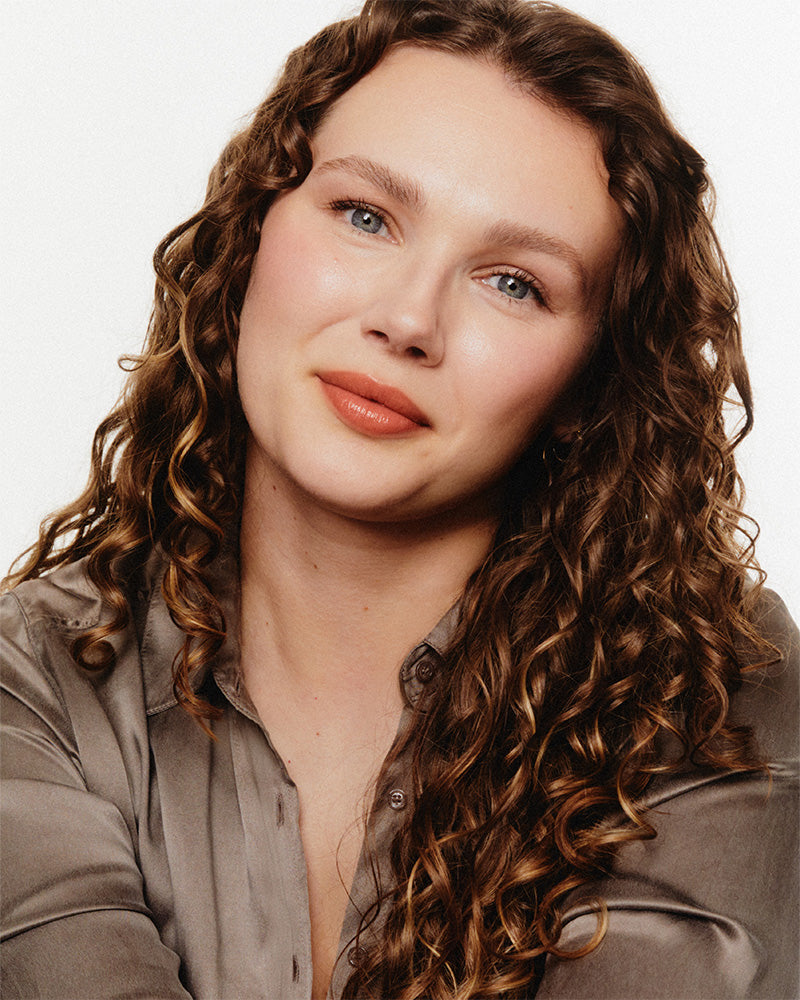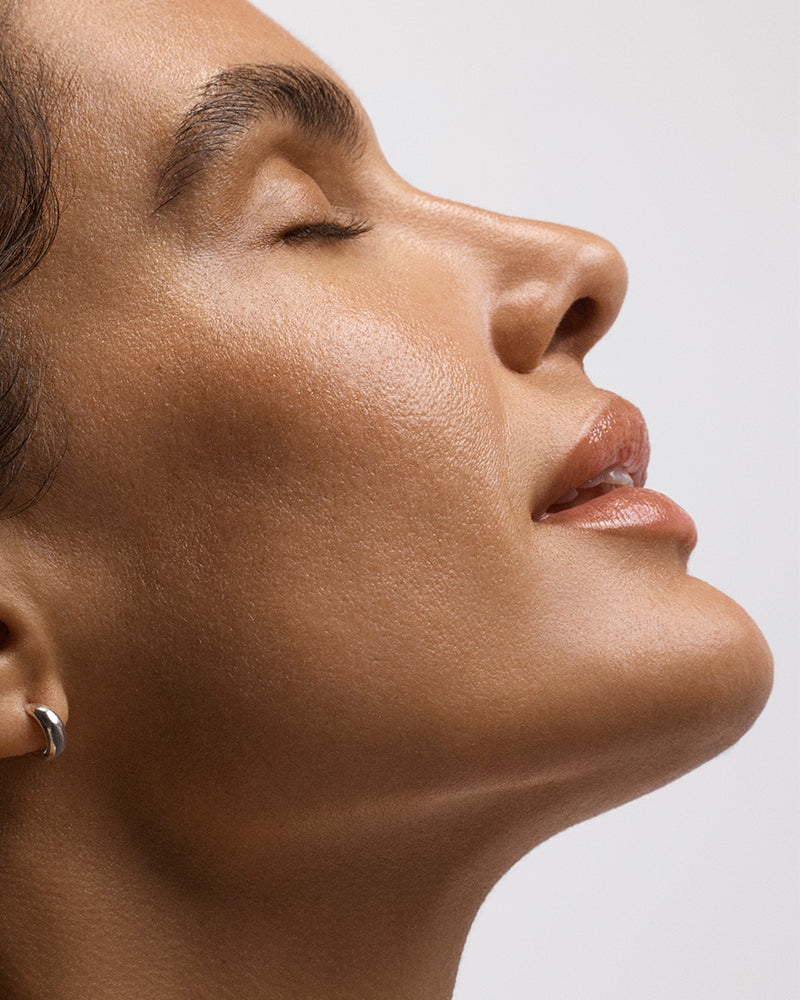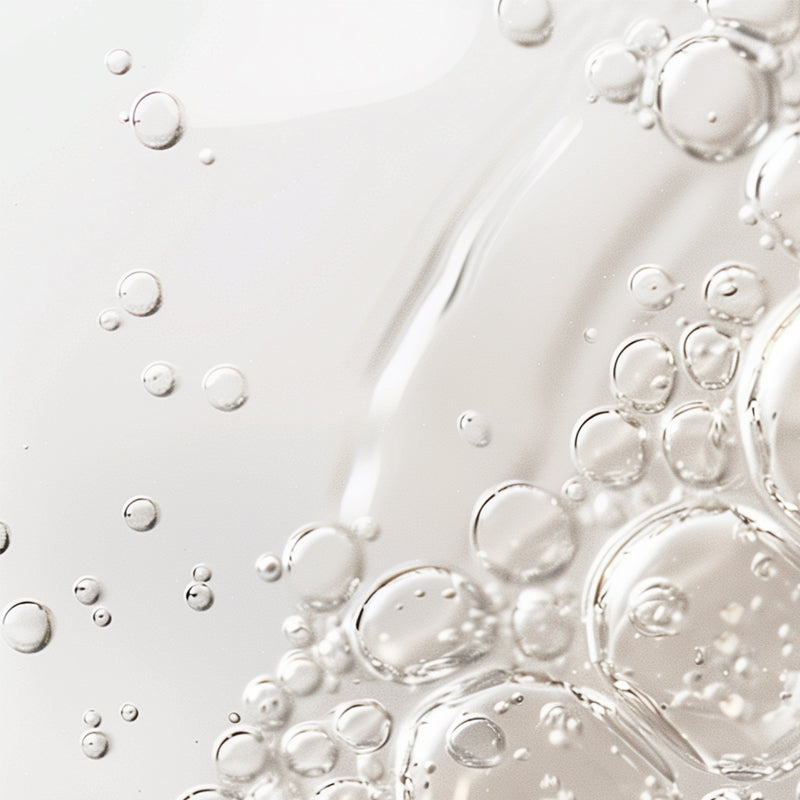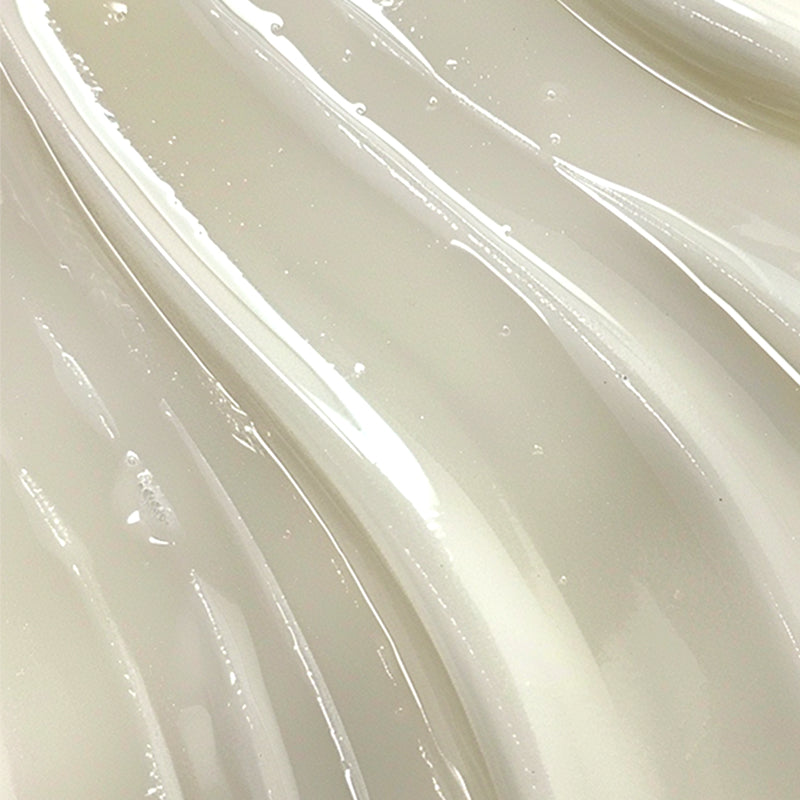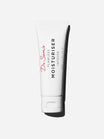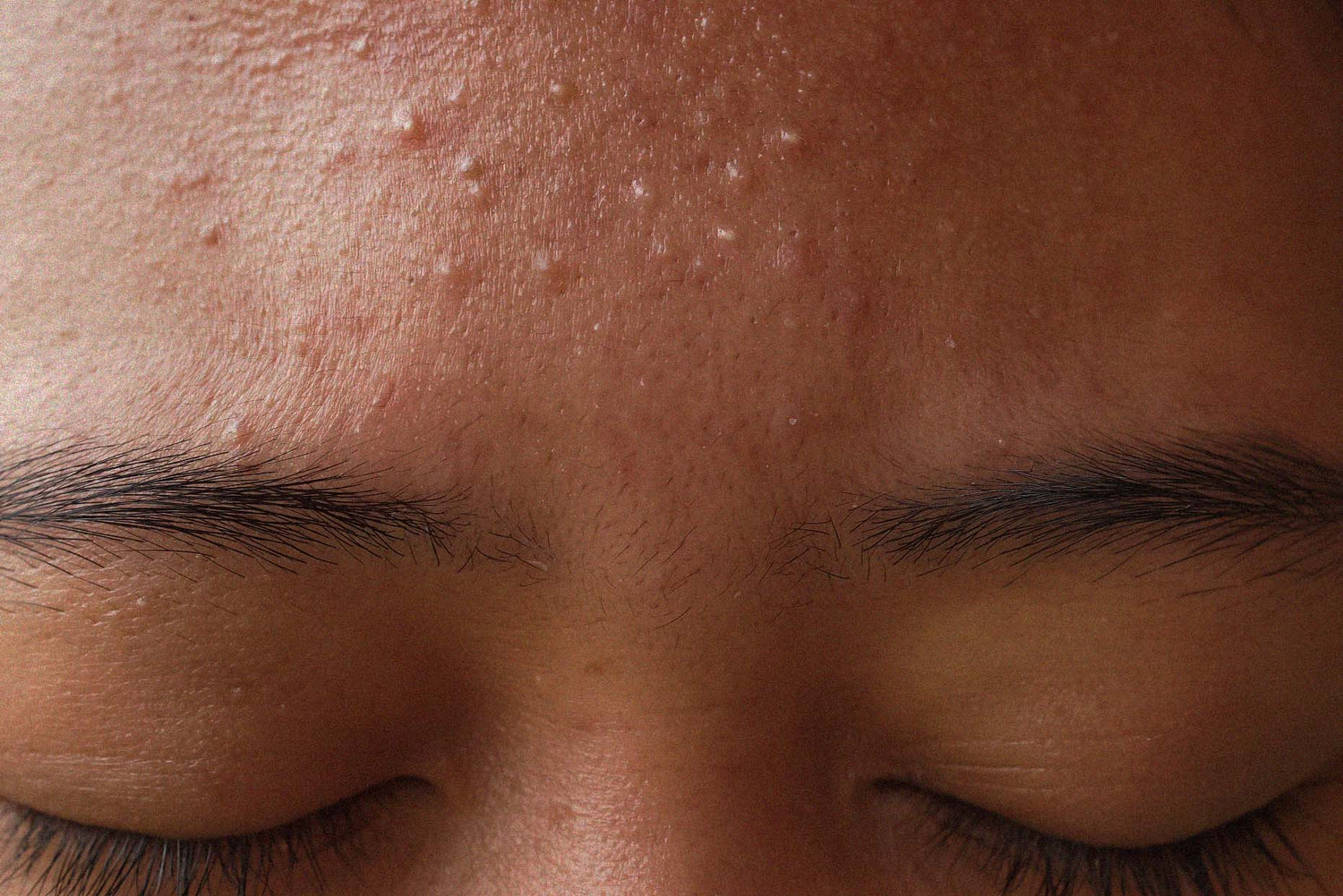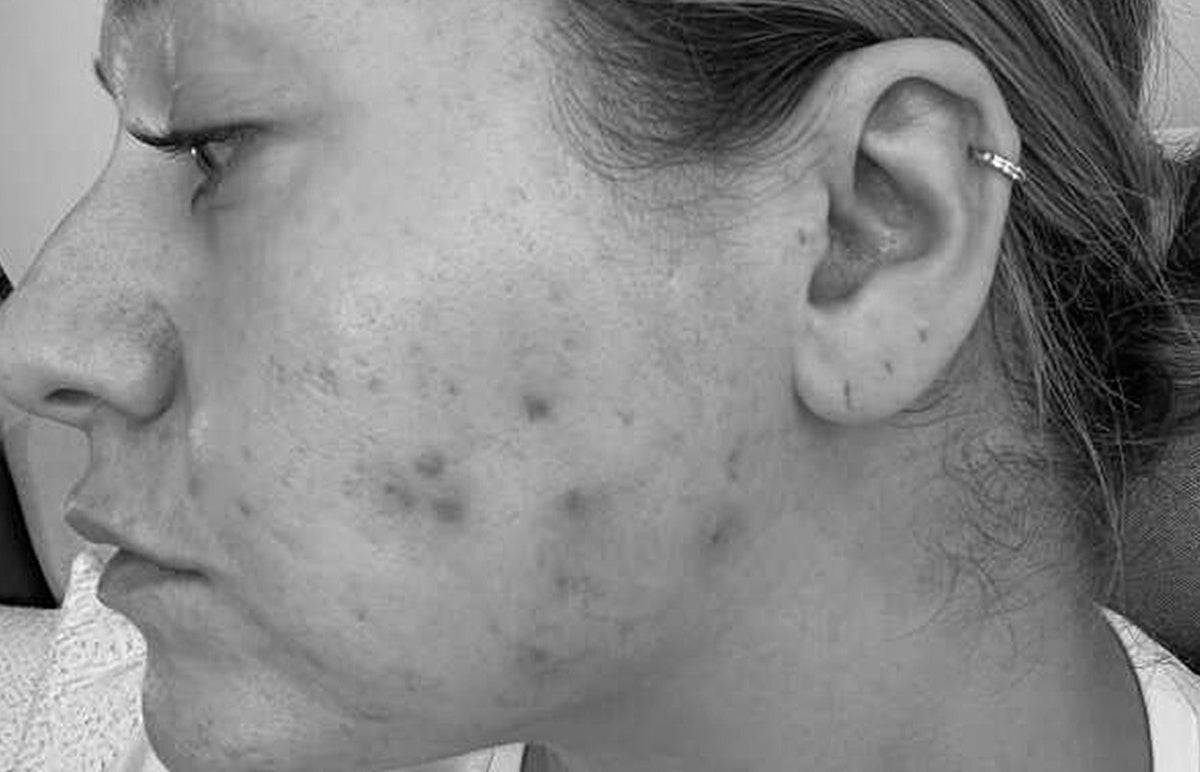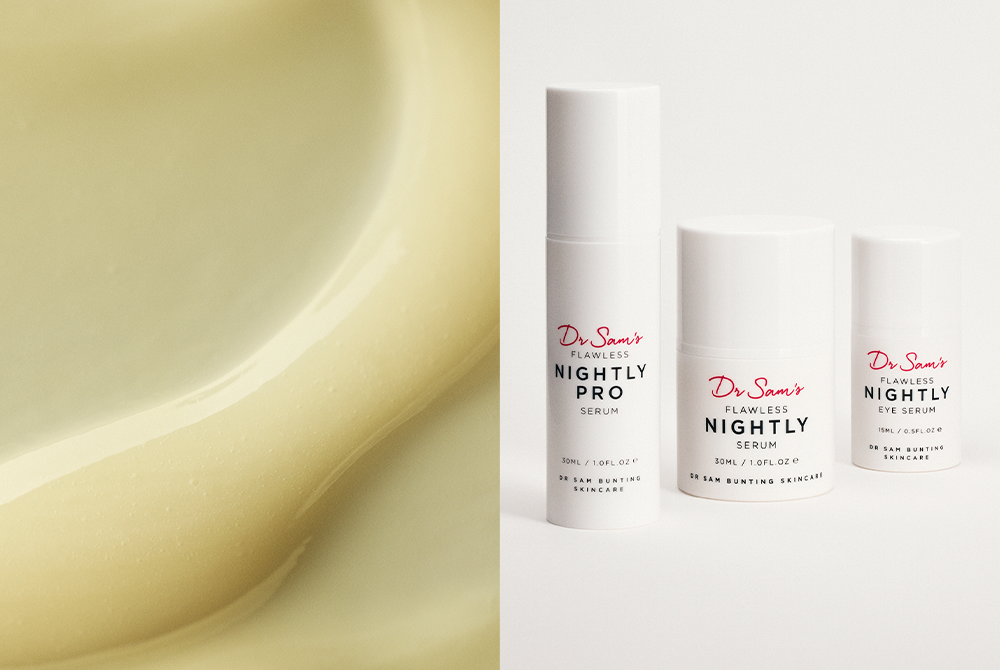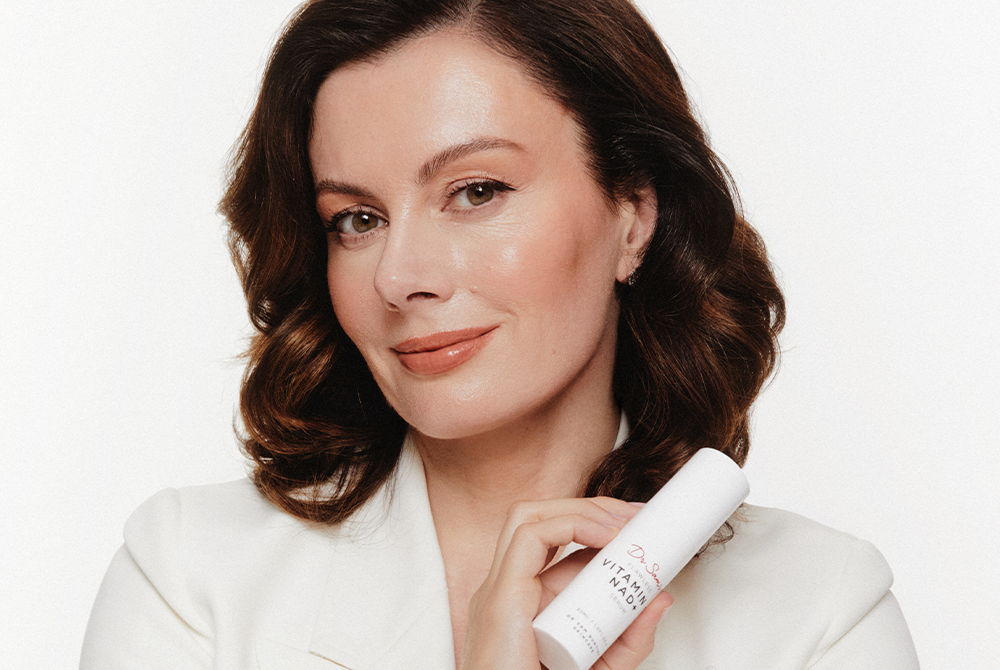One of the oldest retinoids but still one of the best and certainly the most studied as it’s been used in dermatology since the 1960s. Retinoids are central to the treatment of acne because of their multi-pronged attack on the acne pathway. Perhaps most importantly, is their ability to target the micro-comedone - the precursor of all acne lesions, hence the importance of retinoids in preventing disease relapse.
How Does Tretinoin Work?
All trans retinoic acid binds directly to RXR gamma and RAR alpha receptors and has 2 key actions on the formation of microcomedones, the primary lesions in skin:
1) It normalises desquamation, reducing keratinocyte proliferation and promoting differentiation
2) Anti-inflammatory, through suppressing Toll-like receptor expression
This basically means it stops the skin cells clumping together abnormally to block the pores and it calms red, inflamed blemishes too.
In addition, they also act on secondary acne lesions, like the flat red marks and scars:
3) Tretinoin reduces post-inflammatory pigmentation by reducing transfer of melanosomes to skin cells and by accelerating epidermal turnover
4) And it helps reduce scarring by decreasing MMP production, thus reducing collagen breakdown.
In other words - powerful stuff!!
What are The Side Effects With Tretinoin?
The big one is irritation. This is usually a transient adjustment as the retinoids start to alter and improve keratinization - it’s usually at its worst at 1-2 weeks and usually settles after 1-2 skin cycles.
Individuals with sensitive skin should use extra caution, as they’re most likely to be affected. However, with careful retinoid selection, a well-constructed skincare plan and a slow, incremental approach this can be managed.
As part of their ‘shake-up’ down in the pore, purging can occur - this happens in as many as 25% of subjects starting out on retinoid therapy as microcomedones are ‘revealed’ and pushed through - think of it as getting the next 6 months’ worth of spots in 6 weeks. But once it passes, the overall tempo of the acne should be much improved.
Retinoids are not safe in pregnancy as vitamin A is a signalling molecule in the foetus.
And they increase sensitivity to sunlight so daily sunscreen use is essential.
What Forms Is Tretinoin Available In?
Tretinoin is available in different formats including lotion, gel and cream. The vehicle plays an important role in increasing tolerability so should be chosen with care.
Dosing is also crucial - its available from 0.01% to 0.1%. Your prescribing physician will help guide you in the best entry level strength and titrate the dose up accordingly, depending on your goals.
If you want to start a retinoid or are struggling with the early days, be sure to download my help sheet “5 Top Cheats To Retinoid Happiness” to avoid some of the pitfalls commonly experienced on the journey.
Bottom line - tretinoin is awesome stuff!

